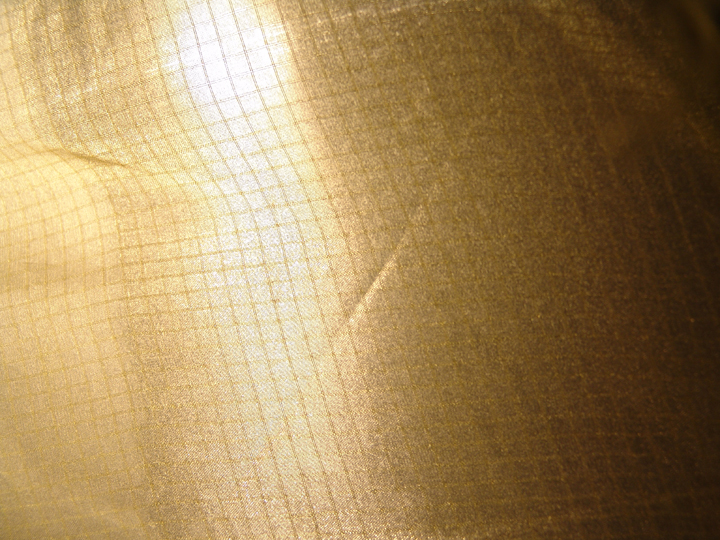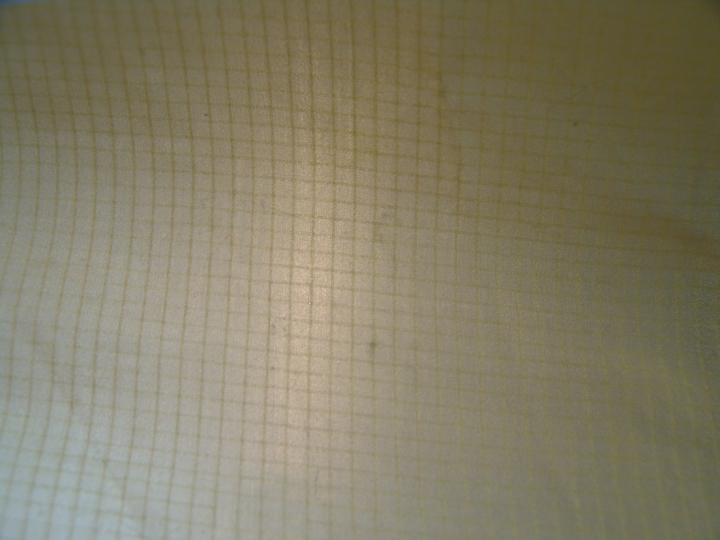


 |
|
Frequently Asked Questions about KoalaCoat #25
Frequently Asked Questions
What is KoalaCoat #25?
Koala #25 Balloon Fabric Coating is a product that was developed
over a decade ago in response to the question, “Why can’t a balloon
envelope be recoated?”. KoalaCoat #25 is one of those products that
seems too good to be true, but it is. A balloon that has porosity
can be returned to its original tight, non-porous condition with our
product when applied properly.
How does KoalaCoat #25 work?
KoalaCoat #25 is a recommended 2 stage process. First, using the
Fabric wash, this wipes down the balloon fabric and inserts a
special molecule into the yarn making a normally non-absorbent
material extremely receptive to our coating. Only a light amount is
used. Then the KoalaCoat #25 is applied, usually in 2 medium coats.
It seals the thread completely. Then, the coating bridges the gaps
in the weave, filling all of the little square holes, each of which
are pinhole leaks in the balloon envelope. If applied properly and
thoroughly, the fabric will become 100% non-porous.
How long can KoalaCoat #25 be expected to last?
The life of the fabric. When using the Fabric Wash, the coating grip
is enhanced because the coating gets drawn into the twist of the
yarn making it very difficult to release. Factory coatings typically
have very little in the way of bond with the fabric. The coatings
will just lay on or surround the thread but are not truly
impregnated into it. Therefore, the coatings will crack, chip and
shear off over time.
What does KoalaCoat #25 look like?
KoalaCoat #25 has an appearance visually to that of regularly coated
fabric. Note the pictures below. The first photo is porous fabric.
Notice how much light passes through the weave? The 2nd
picture is the fabric after it has been coated. The light is
dispersed across the fabric. That is because all the
little holes have been closed up. New balloon fabric looks and acts the same
way.

This picture has a halogen light behind it. The light passing
through the fabric is showing all of the leaks from porosity. This
fabric is 100% porous.

This picture is the same halogen bulb shining on coated fabric. No
pinholes of light means no porosity.
What does KoalaCoat #25 feel like after it is applied to the fabric?
After KoalaCoat #25 cures, it has a slightly crispy, very springy
feeling. In fact, it is difficult to pack away the envelope after it
is freshly coated because it wants to spring out. The envelope will
also hold air like a new balloon. After about 20 or so flights, that
feeling will start to diminish. The balloon will start to get a very
nice soft, well worn, favorite old shirt feel. The coating is now
broken in. That doesn’t mean that the coating is breaking down. The
balloon will continue to be non-porous for at least 100 hours. In
fact, we have never seen KoalaCoat #25 treated fabric that ever
became porous again, and there are balloons that have had the
coating for well over 200 hours.
Does KoalaCoat #25 weaken fabric?
No. Certified tests which are published on our website show that
there are no negative effects on either nylon or polyester
materials.
Will KoalaCoat #25 lower the operation temperature of the
balloon?
No, in fact, there is no melting temperature for KoalaCoat #25. In
fact, when testing KoalaCoat #25, our oven temperature regulator
failed and the temperature skyrocketed until the heating element
failed. Our best estimate is the temperature in the oven exceeded
700 degrees F. The fabric samples charred but the coating held the
burned material together and the now very fragile fabric was still
completely non-porous.
Will KoalaCoat #25 affect the airworthiness of the aircraft?
No.
Does water affect KoalaCoat #25?
Yes. Moisture will accelerate the cure. On humid summer days, the
coating cures much faster. After it cures, the coating repels water
(hydrophobic). It will also not support life such as mold or mildew.
Is KoalaCoat #25 flammable?
You betcha! Do not expose the uncured materials to sparks or flame,
PERIOD! After it cures, the flammability drops dramatically and is
about as flammable as the fabric itself.
Why does the Limitations Sheet state that you can only coat the top
2/3’s of the balloon?
The bottom third of the balloon really does very little for lift.
Furthermore, the lower part of the balloon is exposed to flame and
for the first few hours of cure, it would be a risk to fly if it was
freshly recoated to the mouth.
How much fuel can I expect to save if I use KoalaCoat #25?
It all depends on how much the balloon is using now. Whatever amount
the balloon consumed new is how it should perform again. But, most
importantly, is not how much fuel you will save in order to save
money, rather, the length of time in air time you will be afforded.
There is nothing worse than flying and constantly monitoring the
fuel gauges because your balloon is sucking down propane at a rapid
rate. Fuel management is one of the most important parts of flying.
When you run out of fuel, you will stop flying, whether you want to
or not.
Can my repair station do the work for me?
No. The approval requires that KoalaCoat #25 be applied by the
Owner/Operator of the aircraft. The concept is that it is less
expensive to do the work yourself and the owner/operator is
responsible for his work.
What is the average cost to coat a balloon with KoalaCoat #25?
For a 77-105 envelope, a good guess would be around $1500-$1800.
Interested in finding out more? Click here to go to the Koala #25
Webpage.
|





